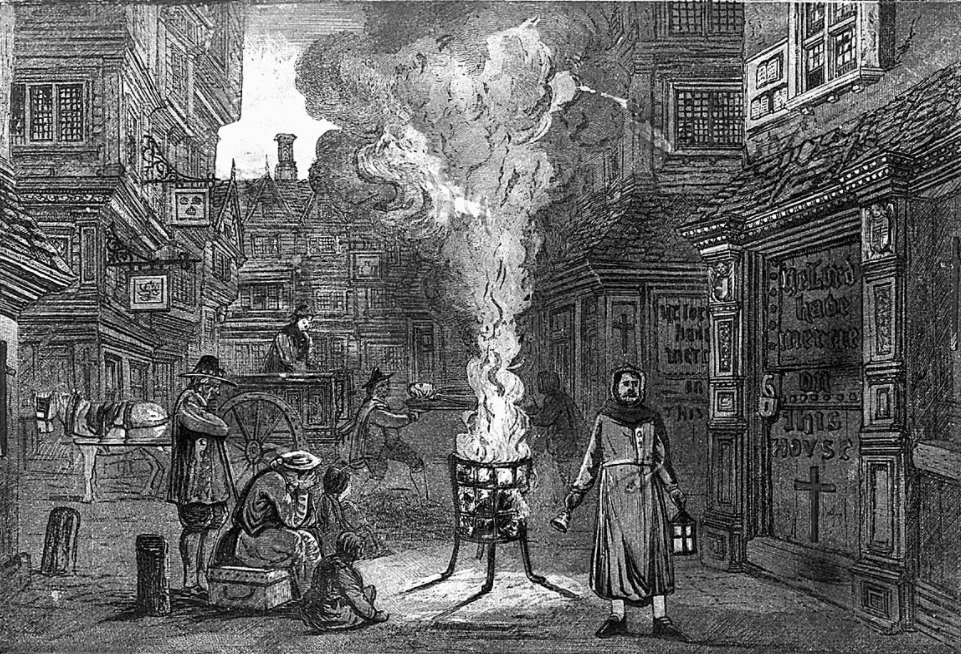A team of researchers from McMaster University examined thousands of documents related to plague outbreaks in London in the 14th and 17th centuries.
Scientists have found that during the Great Plague in the 17th century, this disease spread four times faster than during the 14th century pandemic.
This is reported in the journal of the US National Academy of Sciences Proceedings of the National Academy of Sciences.
Scientists established mortality rates based on historical, demographic, and epidemiological data, including the wills of infected townspeople, church parish records, and London death records.
The researchers found that during the 14th century medieval bubonic plague pandemic (known as the Black Death or the Black Pestilence), which wiped out more than a third of Europe's population, the number of Londoners infected during the outbreak doubled approximately every 43 days.
Funeral of victims of the plague in Tournai.
A fragment of a miniature from the chronicle of Gilles Le Muisi
© Wikimedia commons
Then the scientists compared this data with information about the spread of the same disease in the British capital three hundred years later - during the Great Plague of the 17th century, which destroyed about 20% of the city's population.
The rate of increase in incidence was four times higher than the level of the XIV century - the number of infected doubled every 11 days.
"The difference in the rate at which plague epidemics spread is staggering," said the study's lead author, professor in the Department of Mathematics and Statistics at McMaster University and a specialist at the Institute for Infectious Disease Research.
Michael Degrut's David Erne.
As Professor Ern and his colleagues note, the greatest difficulty was caused by the calculations for outbreaks of plague that occurred earlier than the middle of the 16th century, since then there were no official registers of the dead.
The statistics had to be restored according to dying wills and orders.
The correctness of the calculations of the epidemiological model for wills was confirmed by a comparison of data on wills and on acts of registration of death in the 17th century.
The results revealed the same rate of spread for each of the sources.
“In those days, people wrote their wills, as a rule, in connection with the fact that they were already dying, or they were afraid that they would soon die.
Therefore, we assumed that by the dates of the wills it would be possible to very accurately judge the spread of both the fear of death and death itself, ”said Professor Ern.
London street during the Great Plague
© Wikimedia commons
The acceleration of the transmission of the disease during the Great Plague of the 17th century in comparison with the Black Sea of the 14th century, scientists explained by the change in the living conditions of Londoners - a high population density and lower climatic temperatures.
At the same time, the researchers noted that the bacterial strains themselves practically did not change during the study period.
“The available genetic data give us a strong reason to conclude that very little change in the strains of bacteria responsible for the spread of plague has changed over this time period, and this is an amazing result,” concluded study co-author Professor Hendrik Poinar.
The resulting digitized archive allows for the analysis of epidemics in the distant past, which, in turn, may lead to a clearer understanding of how patterns of spread of infectious diseases have changed over time.
This knowledge can help analyze modern pandemics such as COVID-19.

